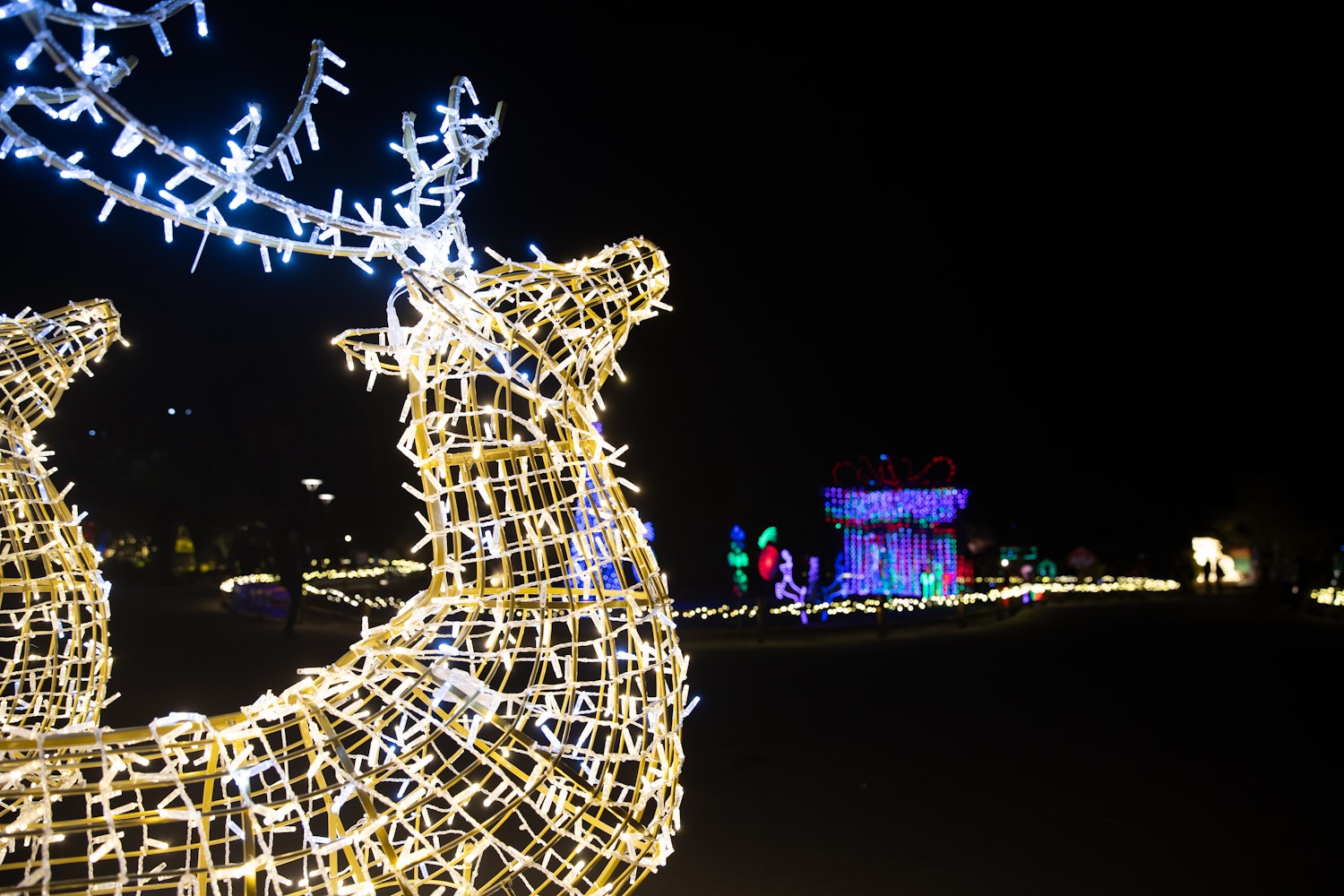Spur-winged Lapwing Chicks
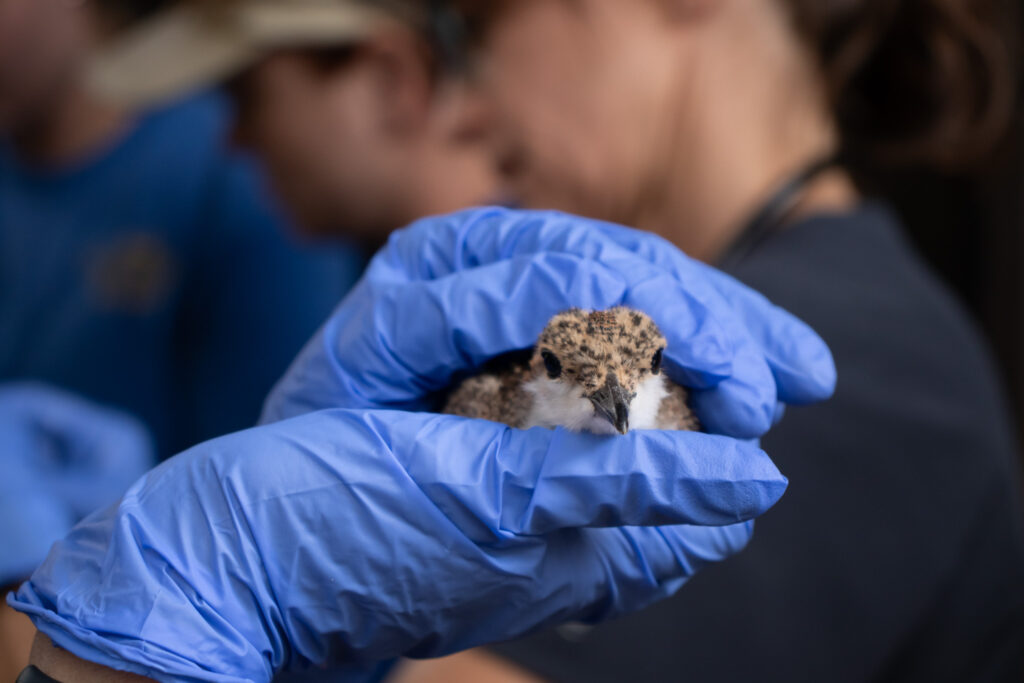
The Living Desert is delighted to introduce the newest members of the African aviary —four adorable spur-winged lapwing chicks! Hatched during the week of April 29 to first-time parents, Peeper…
A Bold New Experiment in Social Science Training
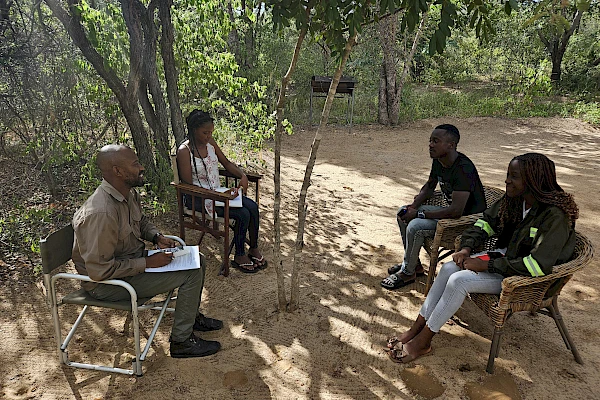
Ensuring that Indigenous People and local communities (IPLC) not only participate in conservation but also lead or co-lead these efforts is crucial for ensuring that these projects are desired by local communities and thus more likely to be sustainable. One of the most effective approaches to achieving this is by enabling outside conservationists to engage with, learn from, and understand the needs and desires of these communities through basic training in social science.
Here at The Living Desert, we have been pioneering the training of individuals in conservation social science since 2018, initially prompted by a Fulbright Specialist Program I undertook in India. Over the past six years, we have conducted 27 classes, training over 500 individuals from 34 countries, establishing ourselves as one of the leading providers of conservation social science training globally.
Celebrating Our Golden Girls
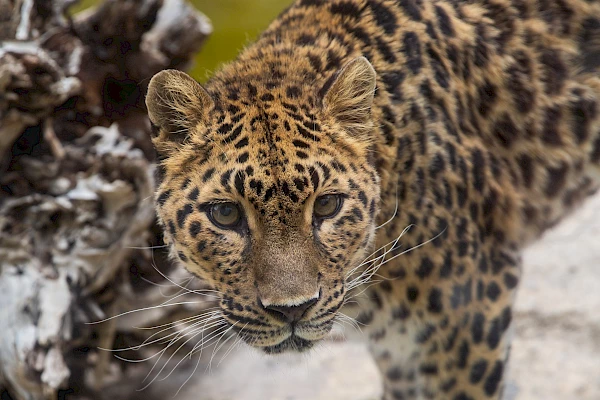
Each season of life brings cause for celebration, be it new births, critical milestones, parenthood, or the wisdom and grace of growing old. Just like with humans, an animal’s golden years are something to be cherished and are a cause for celebration here at the Zoo. With the expert care and attention given at The Living Desert, many animals have a longer life expectancy than their counterparts in the wild. While we do celebrate, we also prepare. With these tender golden years also comes a time for preparing for the inevitability of end of life and treasuring the memories and the joy we have experienced in caring for these animals. Wellbeing is always at the heart of our animal care here, ensuring that each animal receives top-notch veterinary care, medical treatments, and nutrition – while still enjoying engaging and enriching experiences.
Here at The Living Desert, we love to celebrate our own “Golden Girls” who are aging gracefully as they help to share the story of their species with guests at the Zoo.
Zoya is a beloved Amur leopard who has lived at The Living Desert for almost 10 years. During that time, her calm and majestic presence has helped to share the story of her species with guests of all ages. At nearly 20.5 years old, Zoya has surpassed both the life expectancy of Amur leopards in the wild (10-15 years) and in human care (15-20 years). She actively participates in training sessions and has learned many behaviors that support her overall health and allow for stress-free healthcare procedures. For example, Zoya is trained to drink on cue, an especially advanced and innovative behavior that is helpful in proactive animal healthcare and wellbeing. During a recent wellness exam, elevated kidney levels were observed, showing advanced renal failure. Zoya’s learned behavior of drinking water on cue – along with having extra water available to her – has helped to increase hydration, which promotes kidney function. The animal care and veterinary teams are closely monitoring her health and discomfort levels, ensuring Zoya’s quality of life is not diminishing. Despite her age and decreasing kidney function, Zoya is very spry and athletic, able to navigate her lush habitat with ease – often jumping up high for a better vantage point. Zoya thoroughly enjoys chewing on her bone and is still eager to engage with guests at the window.
Building Community Conservation Success in Zimbabwe: Imvelo Safari Lodges

The Living Desert’s second Building Community Conservation Success (BCCS) workshop in Zimbabwe this month was held near Hwange National Park in partnership with Imvelo Safari Lodges with students from Lupane State University (LSU). After 2½ days of learning, discussing, and planning, our two teams of students each created an interview guide. The interviews were about local communities’ needs and their experiences with human-wildlife conflict (HWC). Imvelo understands the importance of local community support in the long-term success of wildlife conservation and works extensively with local communities to provide economic benefits, educational benefits, response to human-wildlife conflict, and access to clean water and health care. In addition, Imvelo spearheaded the Community Rhino Conservation Initiative (CRCI) which involved re-introducing white rhinos in a sanctuary on communal land that acts as a buffer zone between Hwange National Park and nearby communities. The LSU students were eager to collect data that will be of use to Imvelo as they expand their initiatives into additional communities outside of Hwange National Park.
Building Community Conservation Success in Zimbabwe: Rhino Reintroduction
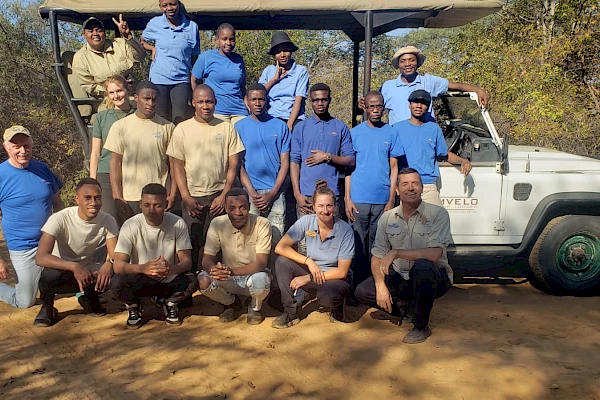
As we jostle and shimmy along the rutted and potholed dirt path that passes for a road here in rural Zimbabwe, the magic hour of sunlight, smiling and waving children running to greet us, and the warm afterglow of a productive day of surveying behind us combines to fill me with joyful accomplishment. In the seated rows behind me, our team of Zimbabwean students sing and joke with each other. We are all quite happy with ourselves and this wonderful day in this beautiful country.
We are almost done with our Building Community Conservation Success (BCCS) workshop here at the Imvelo Safari Lodges, who have been our generous host and benefactor. We have only tomorrow morning with our 11 students and two faculty from Lupane State University, and then we will have happily completed our second of the three workshops that myself and Katie Shaw, Social Conservation Scientist at The Living Desert, are here to teach in Zimbabwe this month.
We have changed how we normally do the Building Community Conservation Success social science training workshops here with this class of University students. We have decided to take some time to conduct the surveys that we have spent the last 3 days creating, a departure from our usual classroom-based workshops.
Building Community Conservation Success in Zimbabwe: Best Teaching Experience Ever.
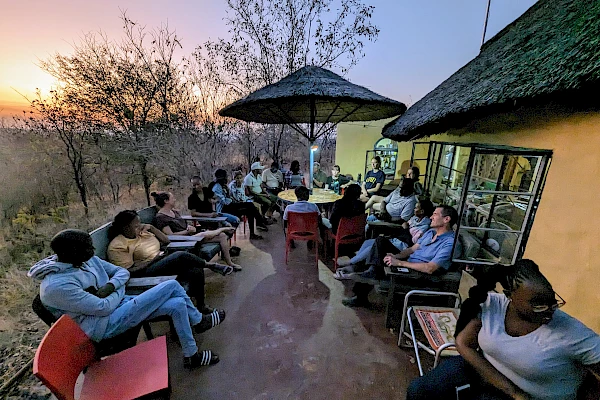
Well! We just finished up the first of our three Building Community Conservation Success social science workshops here in Sizinda, Zimbabwe, near Victoria Falls and I am charged up! I have been teaching in a WIDE diversity of settings, locations, topics, and languages for over 30 years at this point, and I think I can say that this class was my best teaching experience ever! Awesome students, fantastic colleagues, excellent co-instructor (Katie Shaw, Conservation Social Scientist at The Living Desert), and lovely rustic field setting — all have combined to provide a rush akin to the best runner’s high that I have ever experienced!
Our class here, hosted by the Painted Dog Research Trust (PDRT), had 28 participants in total. Folks came from universities (University of Namibia (UNAM), Augustana College in the US), federal agencies (Zimbabwe Republic Police, National Prosecuting Authority of Zimbabwe, and Zimbabwe Parks), non-profits (Painted Dog Research Trust, Sacramento Zoo), and for-profit businesses (Matetsi River Lodge and Matetsi Game Reserve). Quite a wide range of training, experiences, interests, and approaches to conservation.
Building Community Conservation Success in Zimbabwe
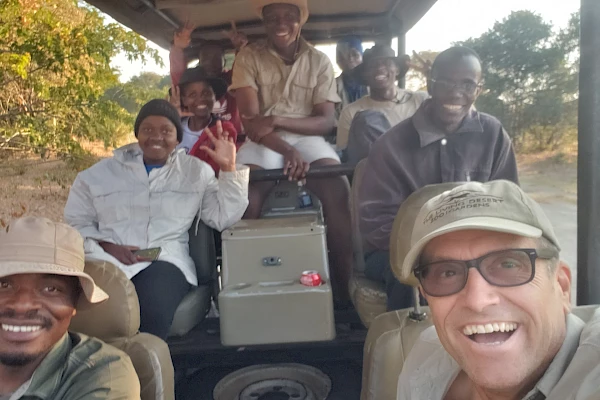
Ah! It’s so good to be back! After what eventually became almost four years of COVID-related delays, I am finally able to resume what I think of as my most important professional accomplishment! It’s the best thing that I have ever created, and how I can have the greatest impact on global conservation – our Building Community Conservation Success (BCCS) social science training workshops.
I am here in Zimbabwe with Katie Shaw (Conservation Social Scientist at The Living Desert) to lead three BCCS workshops for different groups of African conservation biologists and their colleagues. I first created BCCS in 2018 while working with my friends at the Applied Environmental Research Foundation (AERF) in Pune, India for almost two months. I received my first Fulbright Specialist award from the US State Department to help share my academic expertise and scientific skills with the leading-edge conservationists at AERF. They inspired me to create a cohesive course that would enable conservation biologists to better work with communities. The BCCS social science training workshop was the result of my time with AERF.
An Effective Pairing to Promote Caring for Wildlife: Bush Babies and Black Mambas
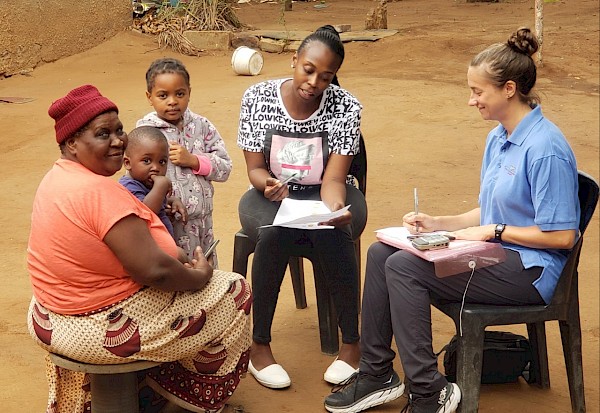
What a marvelous day! Today was our fifth day of conducting interviews in the communities surrounding the Balule Game Reserve in South Africa, on the border with Kruger National Park. Having the honor of speaking with (now 79!) people about their thoughts about conservation, wildlife, and protected areas is my favorite research project I have done. People often talk about African hospitality being wonderful. However, until you walk through the streets of these poor communities and have someone welcome you into their yard immediately and offer you their best chair, even before you say why you are there, is kindness embodied. This has been the case in every one of the four communities in which we have begun to work.
Balule is where the Black Mambas Anti-Poaching Unit (BMAPU) works to prevent illegal hunting. In the Game Reserve, they have reduced poaching by almost 90% since they began working here, a massive accomplishment. Katie Shaw, one of The Living Desert’s Conservation Social Scientists, and myself are here for a month to conduct a follow-up study to one that I did five years ago to assess the social impact of the BMAPU on these neighboring communities. The BMAPU was founded with two main goals: to reduce poaching and to address it’s cause at the roots by reducing the support for poaching in communities by increasing appreciation for wildlife and conservation more broadly. This latter bit is what we are assessing here.
Black-Footed Cat Kitten Recovery
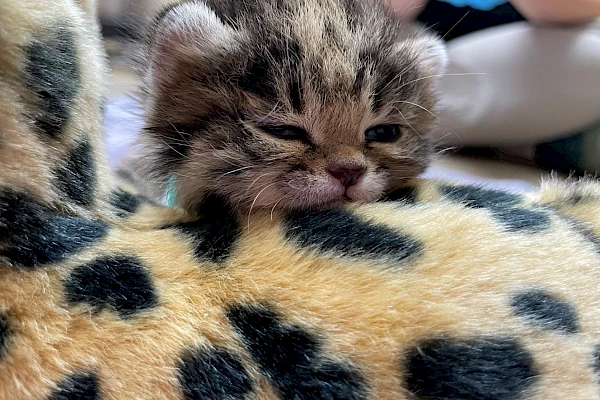
On April 8, the animal care team at The Living Desert quietly celebrated the historic birth of a black-footed cat kitten at the zoo’s Desert Carnivore Conservation Center. Born to first time mother, Tad, the kitten was growing, nursing, and bonding with her mother in their behind-the-scenes habitat. This is the first black-footed cat kitten to be born at The Living Desert in over 20 years and is a significant birth for the endangered species – this was the only black-footed cat birth in human care this year.
As with most carnivore births, the animal care team remained hands-off during the birth and early neonate period to ensure the offspring successfully bonded with its mother. The animal care team followed a strict supervisory schedule, completing once daily visual checks to ensure the kitten and mother were healthy and bonding.
